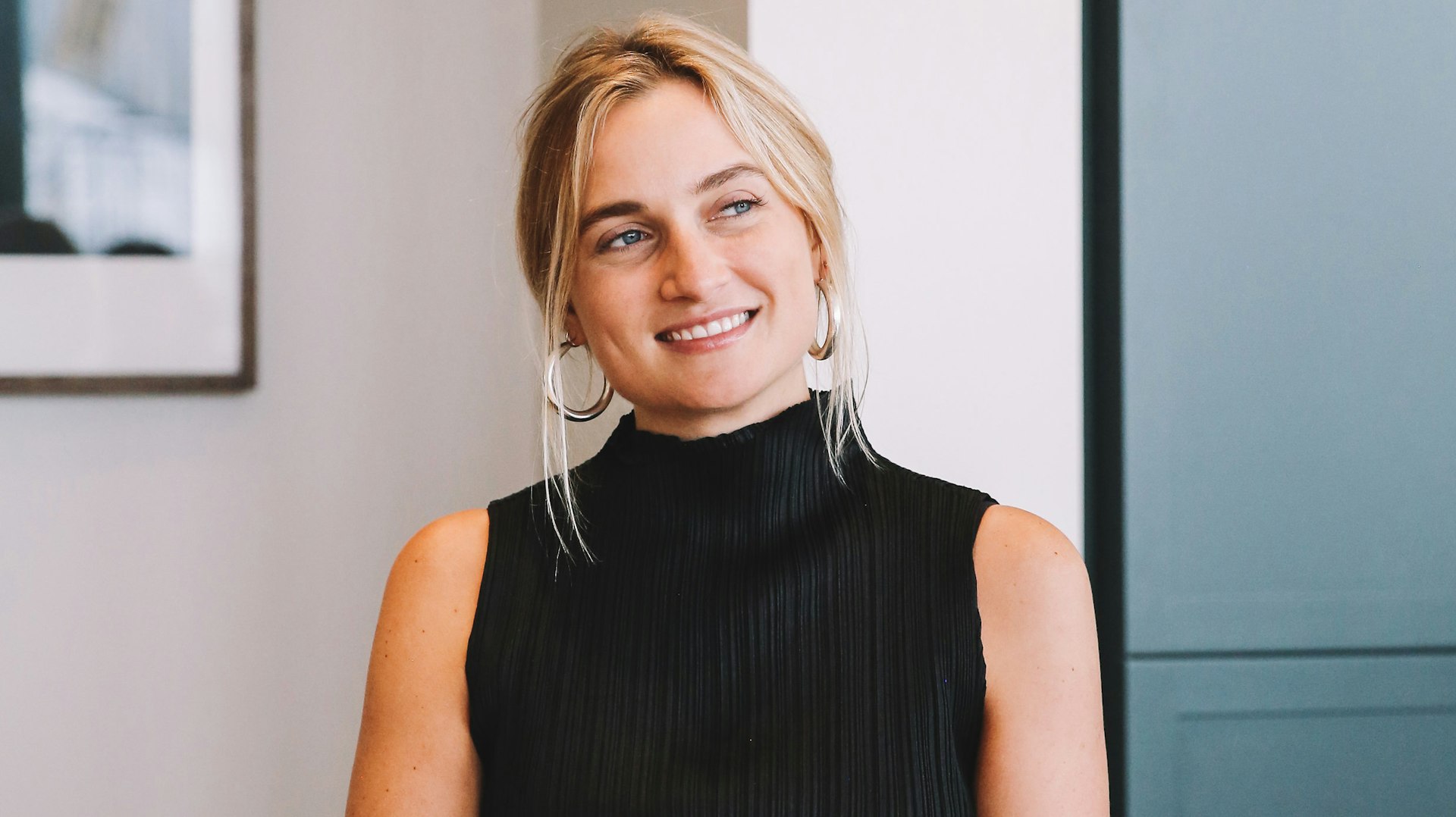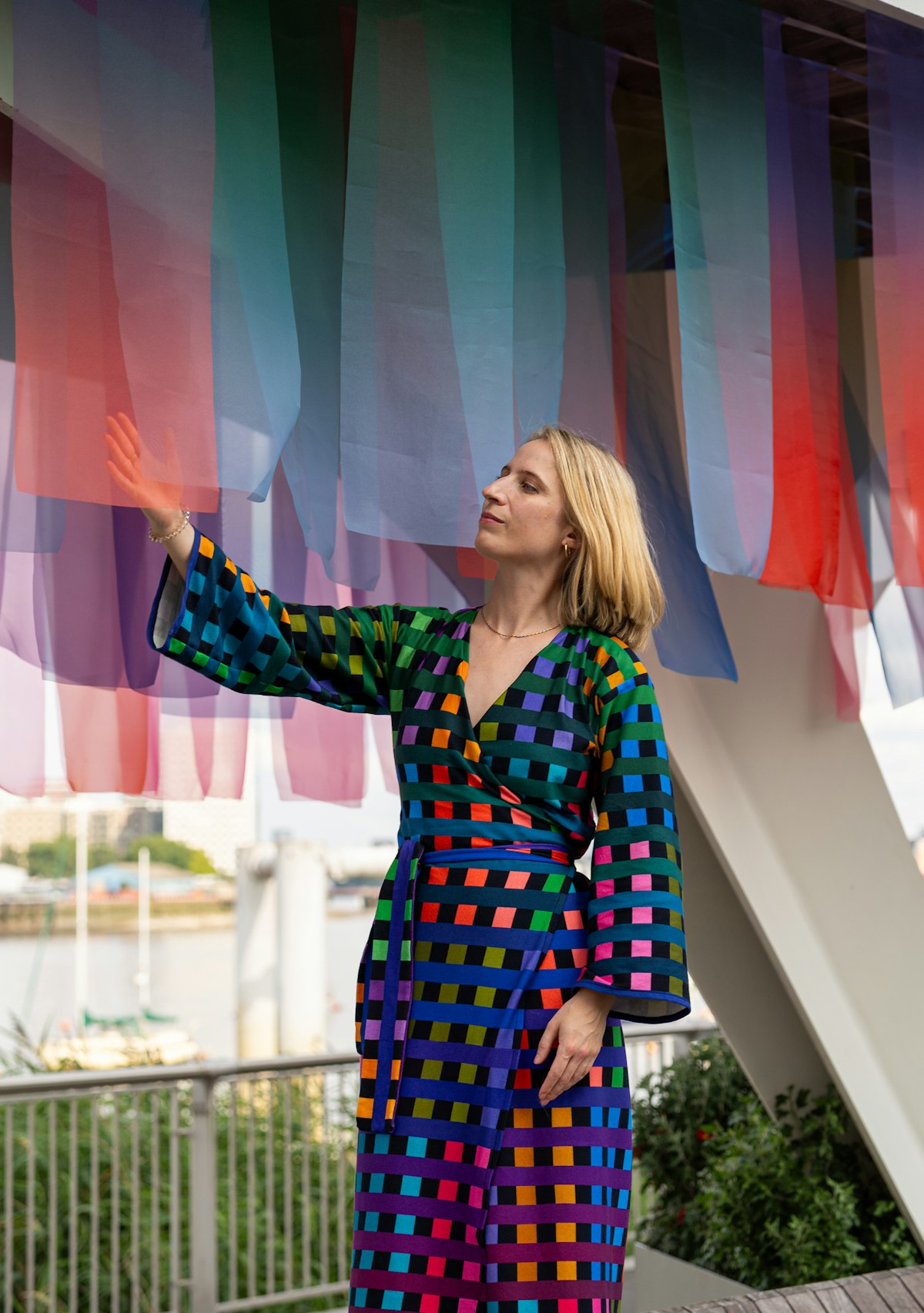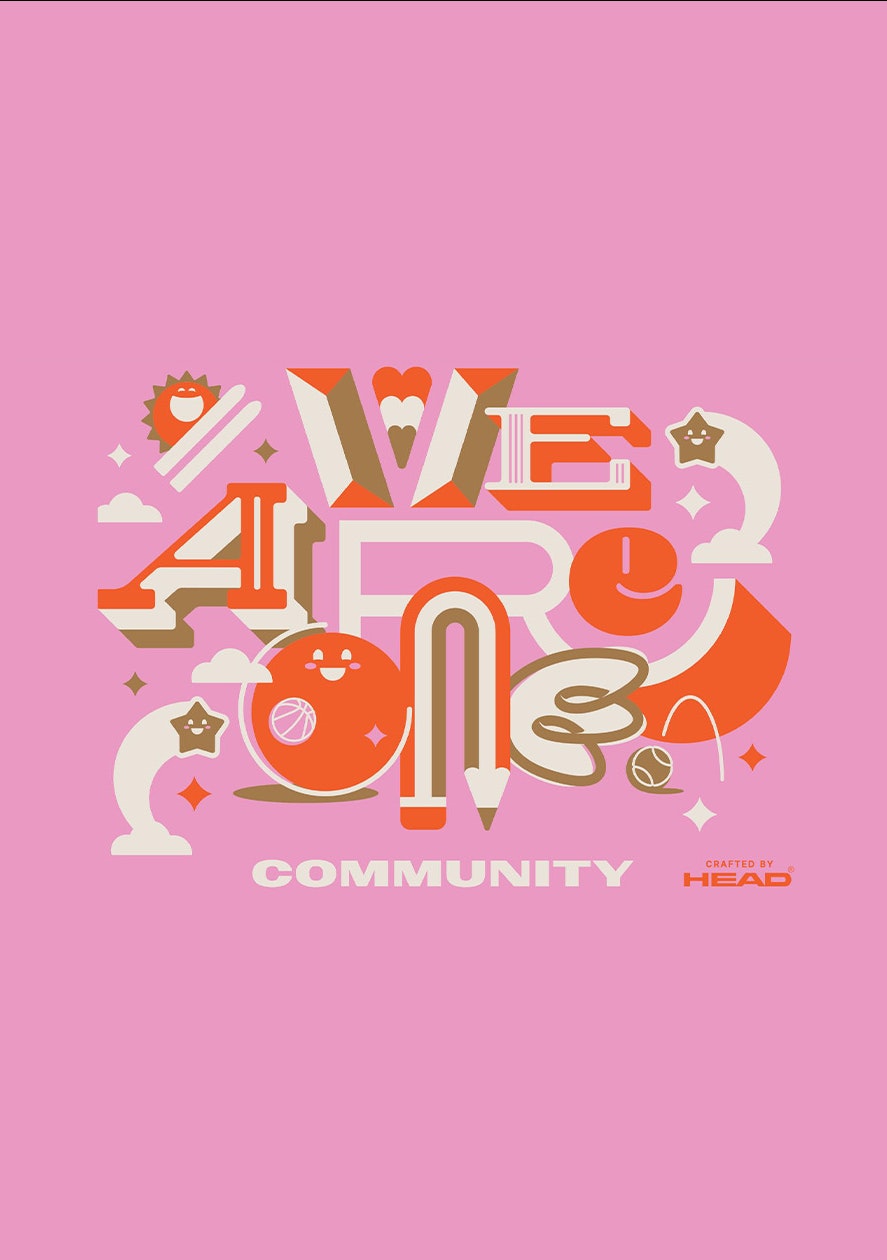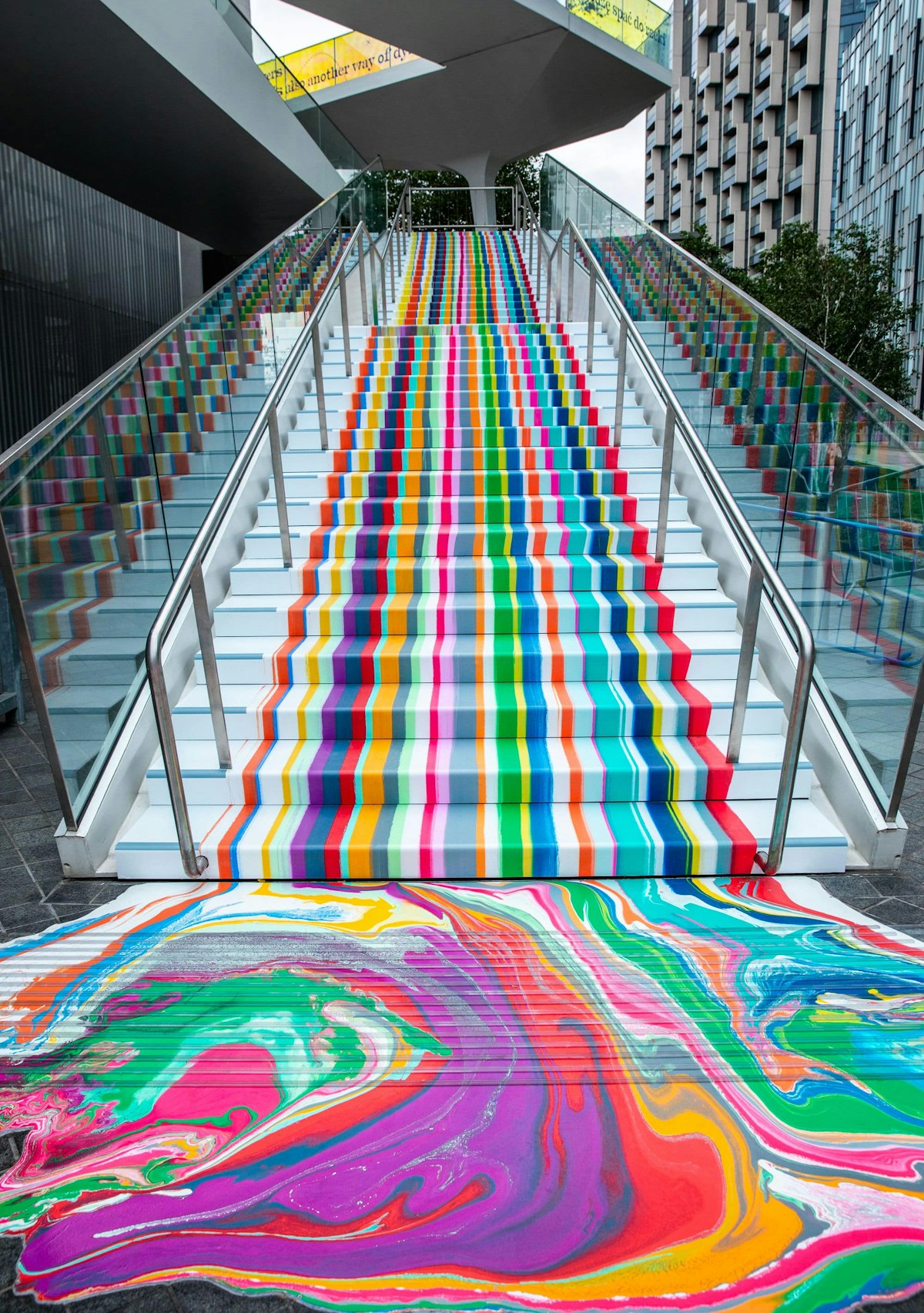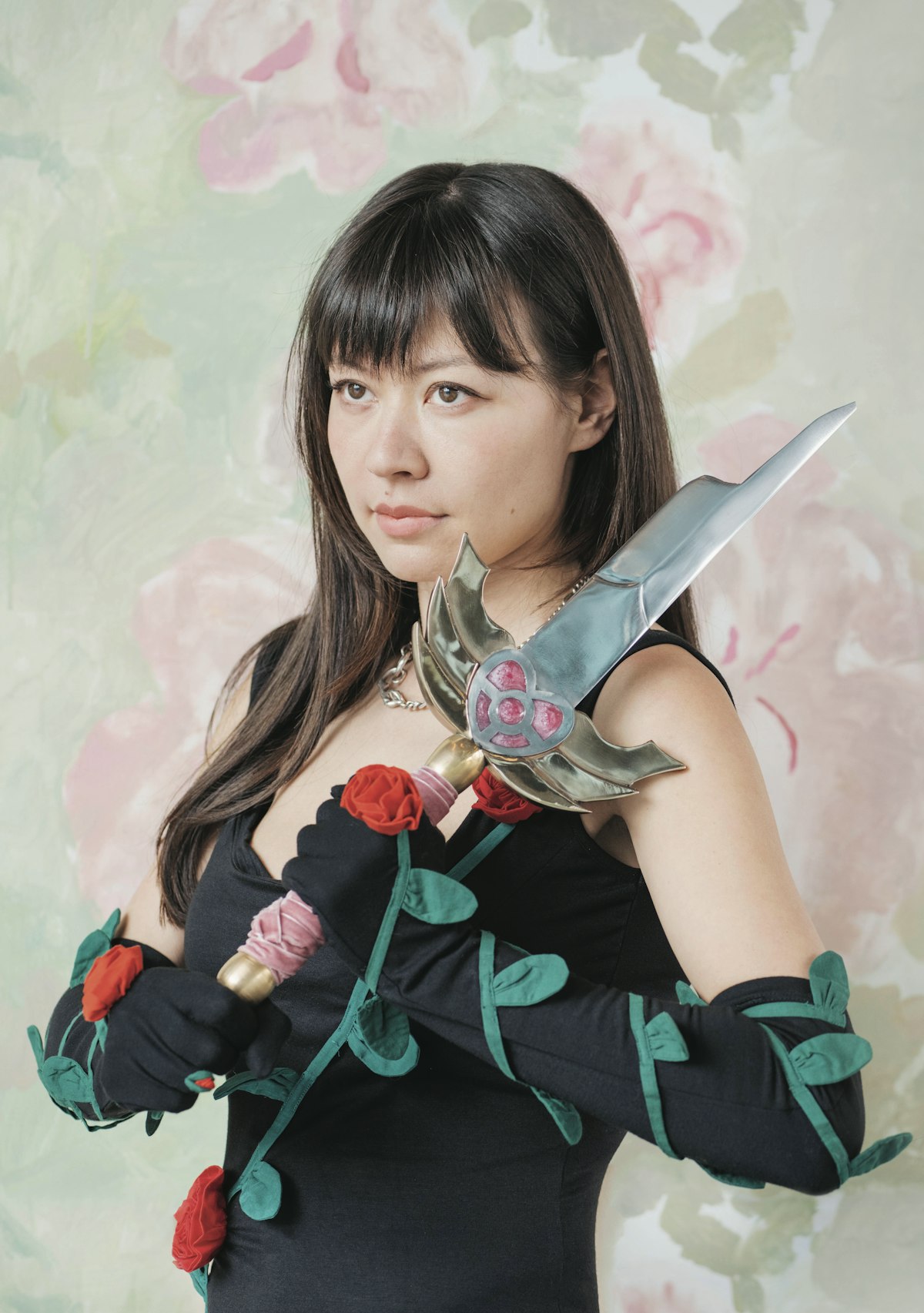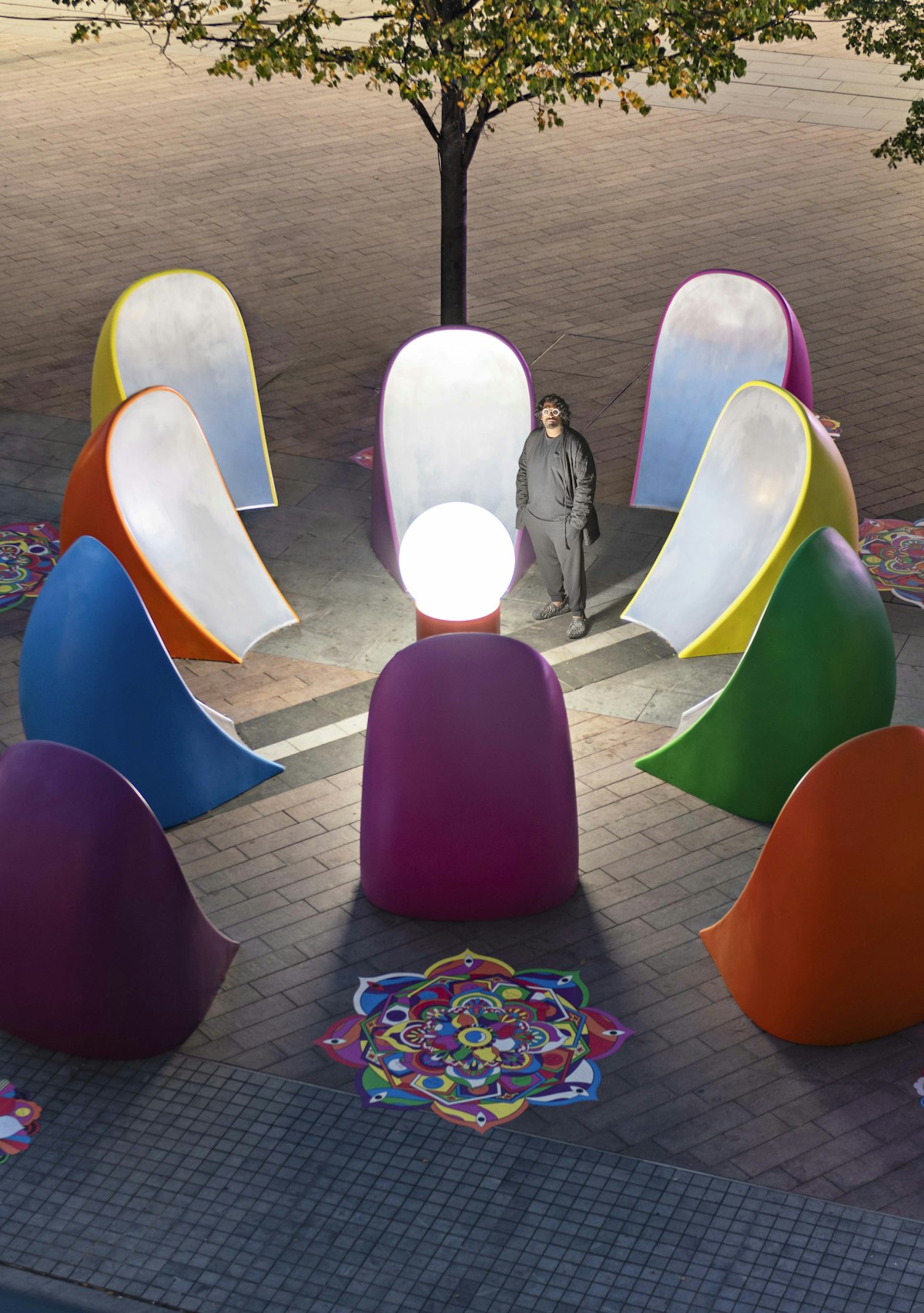
Making Design an Industry for All
Over the past few months, the design world has rallied to address its lack of diversity and inclusivity. We explore why it’s so important that more people have a say in designing the spaces we live in.
From her days as a mature student at KLC School of Design to her current role as a visiting tutor there, interior designer Alexandria Dauley has found one thing to be noticeably consistent. “When I studied there, I was the only Black person on the course,” she says. “I’ve since gone back, and people of colour are still few and far between.” It’s an experience of isolation that’s echoed by many interior designers of colour – often the only one in the room at fairs and networking events, not represented in glossy home magazines. Flip through the November issue of House & Garden, where ‘the very best interior designers’ are photographed for the prestigious Top 100, and the lack of diversity feels almost jarring. The truth is it simply holds a mirror up to a whitewashed industry.
The design world has long paid lip service to ‘diversity’, but the reality is that many of those at the top of the industries, designing the spaces around us, are drawn from a narrow pool, with the knock-on effect that they speak to one style or are designed to appeal to one group of people. In architecture, for example, only 1% of the workforce is Black – and, as The Guardian reported in July, not a single firm led by a Black architect was among the 100 chosen to compete for Southwark Council’s New Architect Design Framework (Black people make up a quarter of the borough’s residents). As Elsie Owusu, a RIBA trustee and the first chair of the Society of Black Architects, said in her TEDx talk this year: “The buildings that we build, the homes that we live in, the cities that we plan, are for everybody – so everybody, everyone, should have a say in designing them.”
This year’s Black Lives Matter protests have reenergised the conversations around the lack of inclusivity and, more importantly, led to action. A number of initiatives have sprung up over the past few months hoping to make the sector more representative: Design Can, whose steering committee includes leaders from the V&A, Design Council and Design Museum, is striving to make the industry more inclusive by showcasing the work of underrepresented designers and laying out practical steps that companies and individuals can take; there’s the Black in Fashion Council, addressing systemic racism in the fashion industry; and Black Disabled Creatives and Hire Black Female Creatives, both of which offer talent directories. In some sectors it’s tricky to see what kind of playing field they’re starting from – the British Institute of Interior Design, for example, currently keeps no data on the ethnic breakdown of its members and has only recently put out a survey – but the reality is starkly obvious to designers like Dauley, who has been inspired to launch her own programme, United in Design, alongside fellow interior designer Sophie Ashby, that will offer an apprenticeship, work placements and mentoring.
Dauley believes that the answer starts with school outreach: educate and encourage a broader range of students to follow a creative career path and there will be a much more diverse pool for both agencies and clients to choose from. She hopes, too, that it might make taking on an interior designer feel more accessible to a wider spectrum of clients; even though she has chosen to stay in ‘mid-level residential’ to make her work more accessible, she’s found the majority of her clients are white.
The huge cost barrier that often excludes disadvantaged students needs addressing, too; fees for the most highly sought-after courses are eye-wateringly expensive and design firms have a long-established habit of offering London-based internships, meaning those who don’t live in the city, or whose parents can’t afford to support them financially, are automatically shut out. Meanwhile, an industry that is largely built on contacts and referrals is, by nature, less accessible to outsiders. Even a junior-level position in interior design requires at least a year of experience – yet with few formalised routes, just getting into the door of a studio can be difficult unless you know the right people. Edinburgh-based Salsabil El-Awaisi of SE Interiors, who was born in Palestine, grew up in Scotland and studied in Syria, found it tough to break in after graduating and moving back home. “Internships are not really a big thing in Scotland, so I just sent emails and went into studios and I never got anything,” she says. She was eventually hired as an interior-design consultant for a high-street home improvement retailer, and then decided to set up her own studio after having her son, building up a portfolio by doing work for friends and family.
Dauley believes that initiatives like United in Design will not only make the industry fairer but will also bring “huge richness” courtesy of a diversity of thought, skills, ideas and points of view. It’s evident from the incredible work by designers already using their fresh frames of reference to create exciting spaces. In interiors, one of the few non-white faces who’s a fixture on the Top 100 lists is Iranian-born design legend Alidad, whose distinctive, opulent style draws heavily on Persian culture. And in adjacent sectors, architect David Adjaye and multi-disciplinary artist and designer Yinka Ilori have created striking, award-winning work that’s often influenced by their West African heritage. “Looking at an image from one perspective is very 2D,” says El-Awaisi. “Someone like me, who has experienced [Palestinian, Scottish and Syrian] cultures, is going to bring something new to the table.”
